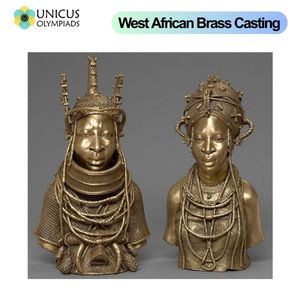

Crafts are an integral part of the cultural heritage of various regions, with each tradition reflecting the values, history, and resources of its people. From intricate paper folding techniques like origami to the creation of textiles through weaving, crafts have long been a way to express creativity and pass down traditions through generations. In this article, we will explore a variety of crafts from different parts of the world, highlighting their origins, techniques, and cultural significance.
Origami is the traditional Japanese art of paper folding, which involves transforming a flat sheet of paper into a finished sculpture through folding and sculpting techniques, without the use of scissors or glue. The craft dates back to the 17th century and has evolved into a complex and intricate art form.
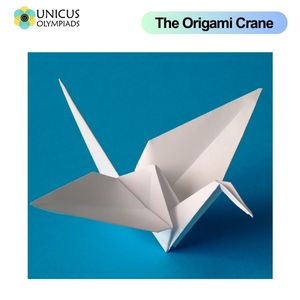
Origami is not just about making paper figures; it also symbolizes patience, precision, and creativity. The basic folds, such as the valley fold and mountain fold, serve as the foundation for creating everything from simple cranes to complex, detailed figures like flowers, animals, and geometric shapes. Origami has inspired modern design and engineering, particularly in the fields of mathematics and robotics.
Weaving is the process of interlacing two distinct sets of yarns or threads (the warp and weft) to create fabric or textiles. Weaving has been practiced by cultures around the world for thousands of years, and different regions have developed unique weaving techniques and patterns based on their local materials and traditions.
Weaving is not only a functional craft, producing cloth for clothing and home goods, but also a form of artistic expression. Different cultures have created textiles with intricate designs, which can be used to communicate social status, identity, and heritage. The types of weaving can include methods such as tapestry weaving, ikat, and loom weaving.
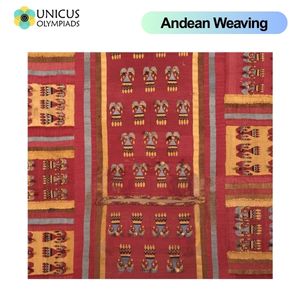
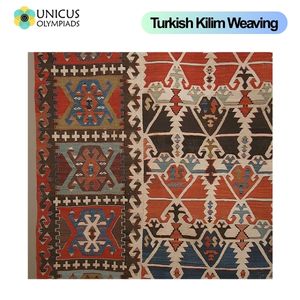
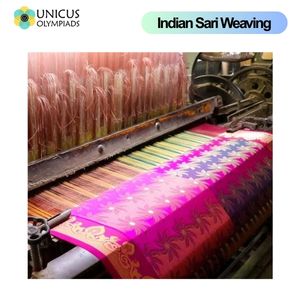
Pottery is the craft of making objects from clay, which is then hardened by firing at high temperatures. Pottery has been practiced for thousands of years across cultures and regions, serving both practical and decorative purposes. Different regions developed unique techniques for creating pottery based on available resources, such as local clay and kilns.
Pottery holds deep cultural significance in many societies, with certain designs and techniques symbolizing regional identity, beliefs, or rituals. Common techniques include hand-building, wheel-throwing, and glazing, each of which has specific variations depending on the region.
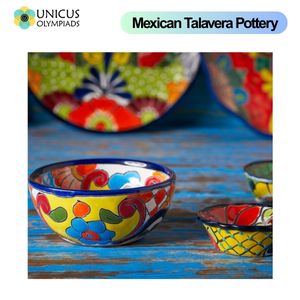
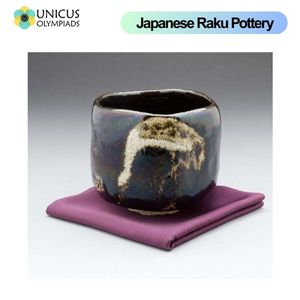

Calligraphy is the art of beautiful handwriting, often created with special pens or brushes. Calligraphy has a long history across cultures, with each region developing its distinct style. It is often used for decorative writing, creating intricate designs for documents, manuscripts, and religious texts.
Calligraphy is highly valued in cultures around the world for its artistic expression and its role in preserving historical documents. Different styles of calligraphy, such as the flowing Arabic script or the formal Roman lettering, represent not only artistic beauty but also cultural identity.
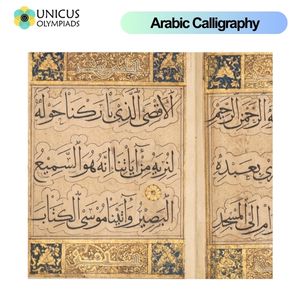
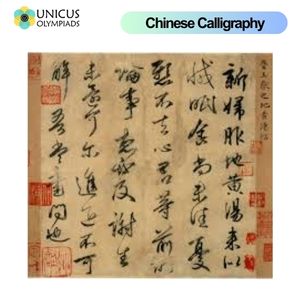

Textile crafts refer to the art of making fabrics, garments, and accessories using various techniques such as embroidery, knitting, and dyeing. Each culture has developed its own methods for creating textiles, often passing down knowledge of these techniques over generations.
Textile crafts serve both utilitarian and artistic functions, often representing cultural identity, social status, and regional traditions. Techniques like embroidery, knitting, and weaving are deeply embedded in the traditions of many cultures, with patterns, colors, and materials symbolizing unique cultural identities.
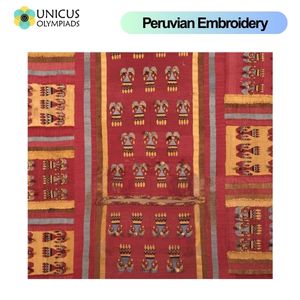

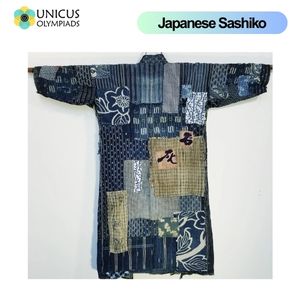
Metalworking is the craft of shaping and manipulating metals to create tools, sculptures, and jewelry. This art has been practiced since ancient times and continues to be a significant craft in many cultures around the world. Metalworking techniques vary from region to region, depending on the type of metal used and the intended purpose.
Metalworking and jewelry crafting often carry cultural and spiritual significance, with artisans using metals to create objects that are both beautiful and meaningful. From religious symbols to adornments of wealth, metal crafts reflect the values and beliefs of the societies that produce them.

